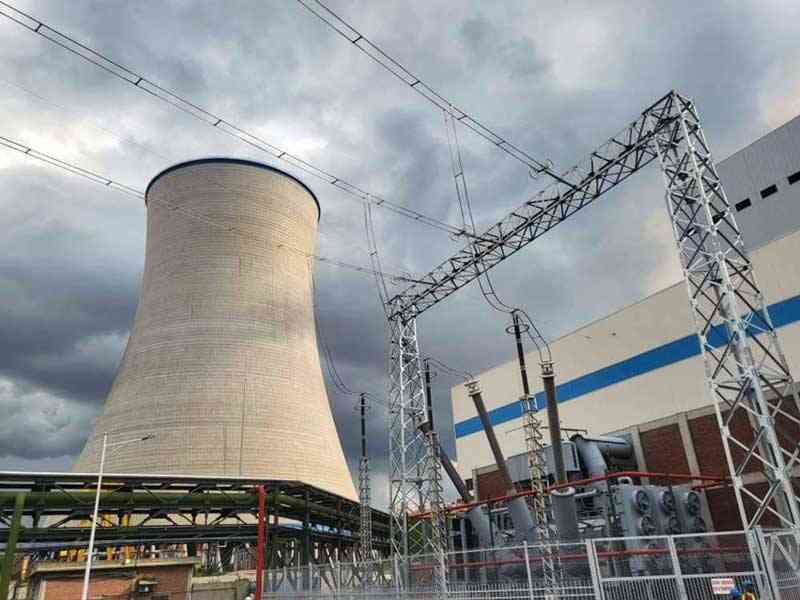
A WORLD Bank team was expected in Harare this week to explore how the global lender can help Zimbabwe address its power energy, according to officials with knowledge of the development.
The global lender suspended loans to Zimbabwe over a decade ago, after Harare defaulted on crucial commitments to a cross-section of creditors, including the Paris Club.
Zimbabwe’s external debt had rocketed to about US$14 billion in 2022, with a hefty amount owed to the World Bank.
However, the lender has continued to offer technical assistance in a range of areas to help Zimbabwe overcome a myriad of crises.
A government official said on Wednesday the team was expected to meet private sector players with interests in energy projects.
These independent power producers (IPPs) are seen as a key factor in helping the country deal with its energy crisis.
A World Bank official in Harare did not respond to enquiries about the visit.
But the government official said the experts would be exploring how to “get Zimbabwe’s energy back on track”.
- New perspectives: Building capacity of agricultural players in Zim
- I am not scared: AfDb chief shrugs off Africa food crisis
- New perspectives: Building capacity of agricultural players in Zim
- Xenophobic attacks against Zimbabweans barbaric
Keep Reading
“The World Bank team is arriving in Zimbabwe to look at how Zimbabwe can get its energy on track,” the official said, noting that on the investment front, interest in Zimbabwe’s energy had improved.
“The focus on Zimbabwe has improved. The policy with regards to energy has shifted slightly and a number of investors have been making inquiries. We have had British investors.”
In December, the Zimbabwe Independent reported that the African Development Bank (AfDB) had provided a US$2,5 million loan to government for energy sector reform support.
Zimbabwe has struggled to provide enough power to meet growing demand as new investors flock to exploit minerals.
Currently, existing power facilities have been generating between 1 000 megawatts (MW) and 1 500MW, against a national demand of between 1 800MW to over 2 000MW.
But experts say the country has potential to generate up to 1 900MW through solar, wind, geothermal, small hydropower stations, and biomass, working with IPPs.
These are the same areas that global institutions have been focussing on.
AfDB said: “The project implementation is still at procurement stage and the outcomes are likely to be achieved by the project closing date. Project implementation was initially delayed by having to relaunch the procurement process for the project coordinator due to non-responsive bids.
“Project implementation is now on track for completion by the revised project closing date of 31 May 2025. The project closing date was revised to 31 May 2025 and all outputs are forecasted to be completed by 31 May 2025.”
Explaining the purpose of the funding, AfDB said: “To facilitate the creation of an enabling environment for promoting independent power producers, thereby improving the availability of electricity supply to support economic growth.”
A study conducted last year by the Zimbabwe National Chamber of Commerce said there were challenges in implementing Zimbabwe’s IPPs.
Challenges include the bankability of projects, the lack of feasibility studies, a lack of funding, foreign currency distortions and delays in compensating IPPs.







